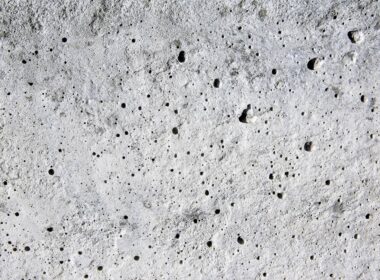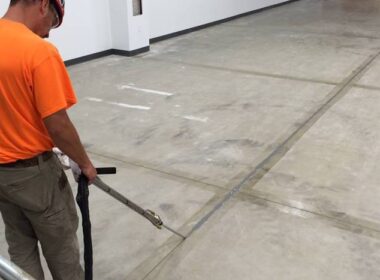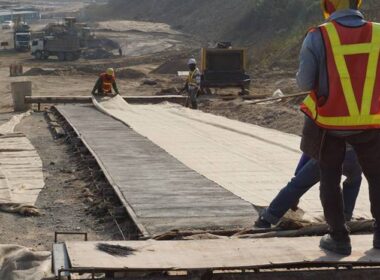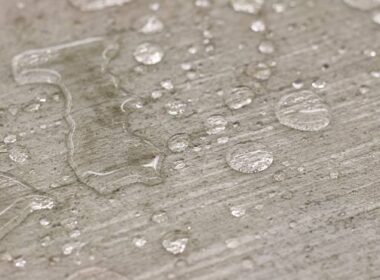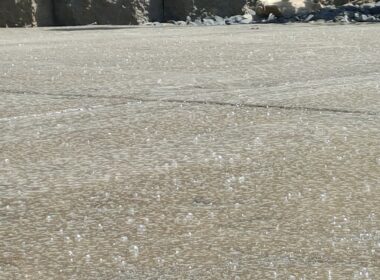Although most perceive concrete as a dry dense substance, the inherently porous material more closely resembles a hard sponge. Microscopic voids and capillaries make up much of concrete’s matrix. As the material is poured and placed, these voids allow air and moisture to flow through it. This could lead to […]
Author: Jennifer Crisman
Epoxy vs. Polyurea Joint Fillers:
Which is best?
When properly installed, concrete is one of the most durable and long-lasting products construction pros can use. When used as finished flooring, concrete should have control joints saw cut into its surface shortly after placement. Control joints can be thought of as deliberate cracks cut into concrete floors. They allow […]
Demystifying Curing:
Concrete Can be Successfully
Cured via Several Methods
Concrete is one of the most durable building materials on the market. However, there are many factors that come into play when maximizing concrete’s strength and longevity. In fact, the steps taken after pouring the concrete have just as much impact on its durability as the concrete mix design and […]
Keeping a Natural Enemy at Bay:
3 Ways to Protect Concrete from Water
Concrete has been used as a strong, durable building material for thousands of years, dating back to many ancient concrete structures still standing today. Yet, it has one fundamental enemy it can’t escape — water. As an uptick in humidity and rainstorms wash across many regions of the country this […]
How To Deal with the Top 5 Concrete Sealer Issues
Throughout the course of its lifetime, concrete suffers many different forms of damage. Although concrete sealers add a protective layer to concrete floors and structures to help maximize their durability and minimize moisture permeability, concrete sealer problems can be a source of frustration among contractors. When a concrete sealer doesn’t […]
